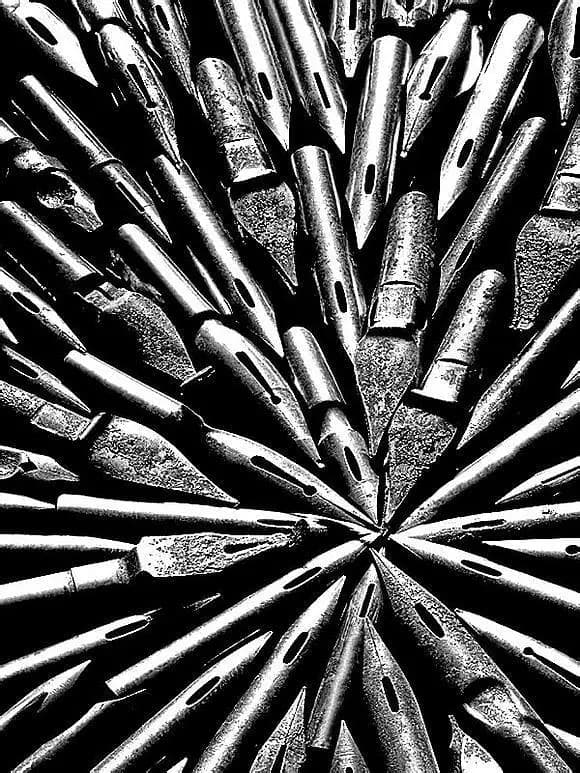As benevolent as these missions may have seemed, they were actually a response to another phenomenon that Christian leaders observed. 1
New immigrants to America, especially European Jews, had trouble finding employment. To earn money, they pushed carts through major cities’ streets, collecting and selling second-hand goods. Though they were scorned for this behavior, these new citizens also made good money. 1
The extreme economic hardships of the stock market crash during the Great Depression (and then the Great Recession 80 years later), the lack of raw materials during World Wars I and II, the abundance of new technology and rapidly changing merchandise beginning in the 1950s with the expansion of department stores have all played a role in expanding the need for and the reach of thrift shops. 1
accom-panies 1
“dirty” in a way that can’t be eradicated by one cycle 1
clothing and jewelry can hold onto the energy or spirit of previous owners.
